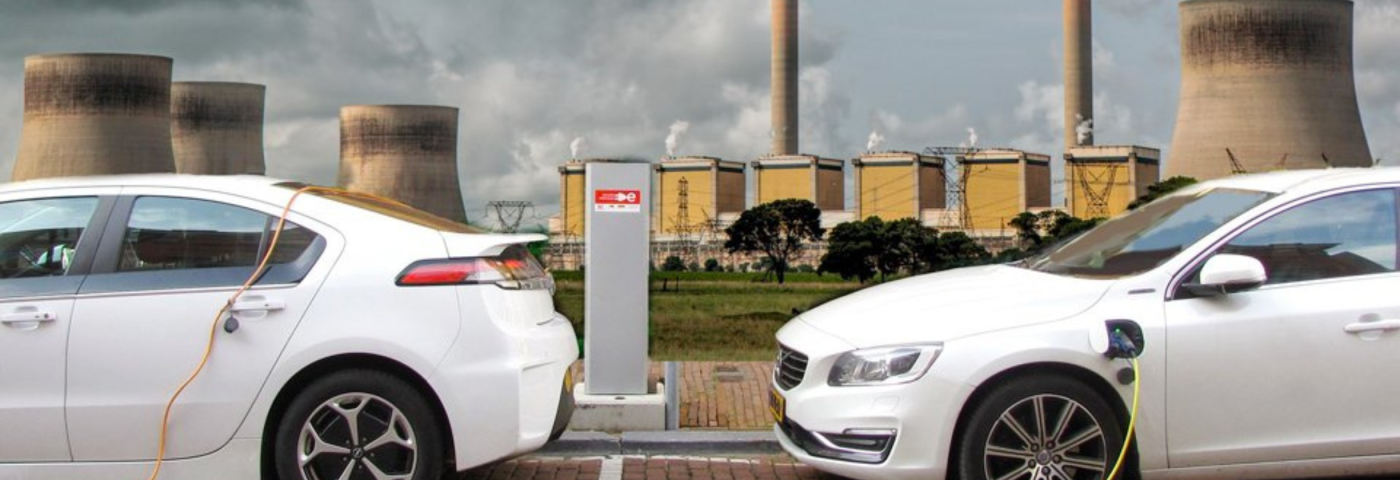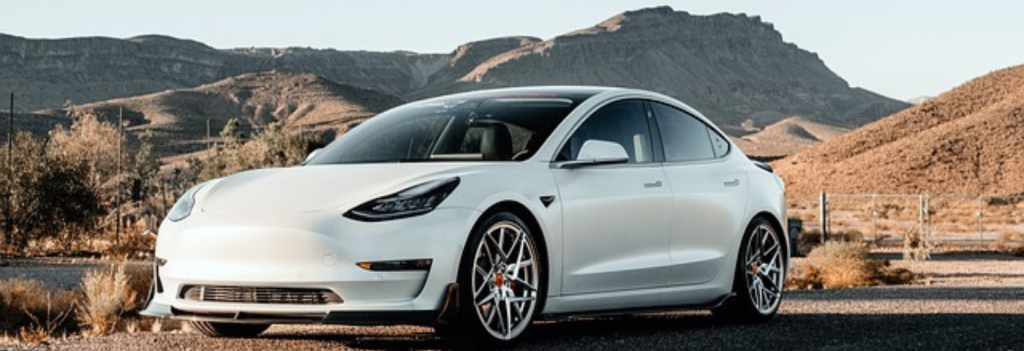
States all over the world have declared we have to change our cars to EVs and do it tomorrow so we can save the world. But as Mark Mills points out, despite the rush “No one can really say whether widespread adoption of EVs will cut carbon emissions.” I mean, does carbon dioxide matter at all?
The problem with EVs is that it takes a staggering amount of energy to dig up the 250 tons of specialty rocks required, and then crush, purify and mold them into one half-ton battery. While normal cars are naughty burners of fossil fuels for their whole lives, an EV emits a mountain of CO2 before it even gets to the saleyard.
Mark P. Mills
Electric Vehicle Illusions
EV emissions realities start with physics. To match the energy stored in one pound of oil requires 15 pounds of lithium battery, which in turn entails digging up about 7,000 pounds of rock and dirt to get the minerals needed—lithium, graphite, copper, nickel, aluminum, zinc, neodymium, manganese, and so on. Thus, fabricating a typical, single half-ton EV battery requires mining and processing about 250 tons of materials. (These figures hold roughly true for all lithium chemistries.) For the carbon-counters tracking such things, the global mining and minerals sector uses 40 percent of all industrial energy—dominated by oil, coal, and natural gas—and that’s before we take into consideration the massive expansion that would be required to supply all the battery factories planned for widespread EV adoption.
Lithium Mining makes a big hole in the ground, and we’d need about 10,000 times as many big holes to get to Net Zero. Not that I have anything against big beautiful open pits but the Greens may not have thought this through…
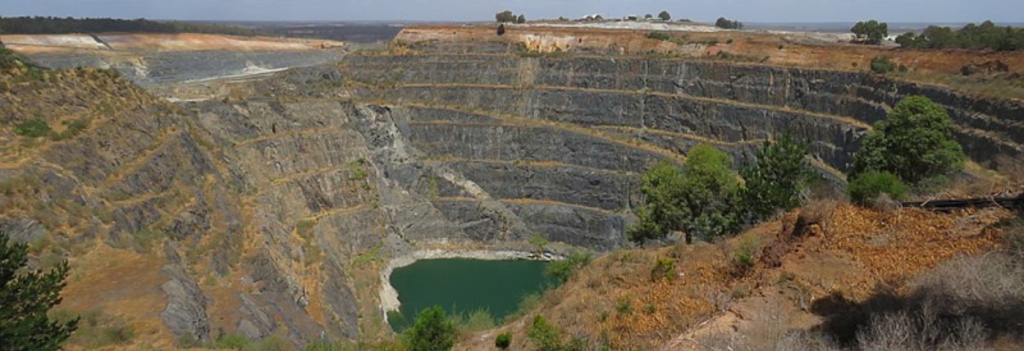
We don’t even know what emissions we will produce by making a billion EVs. As Mark Mills points out one review shows studies on this vary fivefold and start with the assumption the median car only uses a 30-kilowatt-hour battery. But most batteries are much larger. Indeed MyEVreview lists 344 electric cars and 327 of them have bigger batteries than 30KWh — much bigger batteries. Nearly 100 EV models are 90kWh or more — three times the size.
Ponder just how far you have to drive an EV to even get the emissions clock down to the same level as a fossil fuel powered car?
Some automakers—notably Volkswagen and Volvo — have published their own studies that take into account both upstream emissions and grid realities. Those analyses found that an EV powered on Europe’s grid creates more CO2 emissions than a conventional car until at least 50,000 miles of gasoline-free driving. After 120,000 miles, the studies estimated that total cumulative emissions reductions finally reach about 15 percent and 25 percent, respectively. Hardly “zero.”
Just to check that we understand Mills point we can visit the VW study to find that “yes”, it is that bad. The EV emits more CO2 than a fuel filled car for the first 125,000 kilometers. Only after that, there are some savings… but by the time you’ve owned that EV for years and driven 200,000 kilometers (or 120,000 miles) you’ll have saved a tiny 15% in total emissions produced by the diesel equivalent.
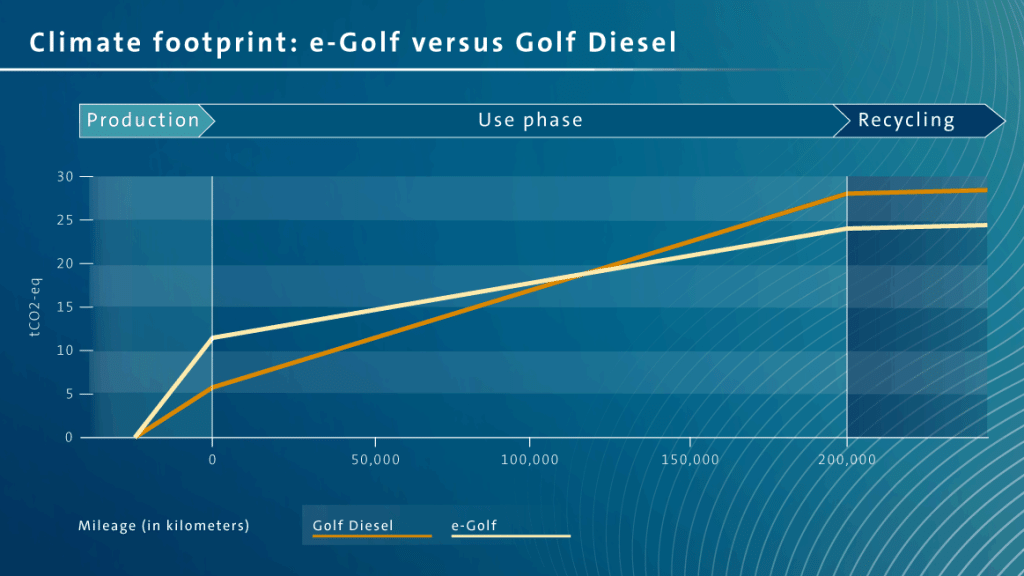
But of course, if you dent the EV after one year and have to write it off because no one is sure the battery won’t catch fire, then “the planet” would have been much better off if you bought a fossil fueled guzzler instead.
And as Mills points out, this dismal assessment is the optimistic one:
Those savings shrink for cars using batteries significantly bigger than small one in the Volkswagen and medium-sized one in the Volvo. And the calculated CO2 reductions collapse, and even evaporate entirely, if one factors in the higher ranges of known values for upstream emissions in mining and processing, rather than the low, average values chosen in those studies.
And it’s clear which part of the EV is the cause of all the emissions. If only EV’s could run without a battery…
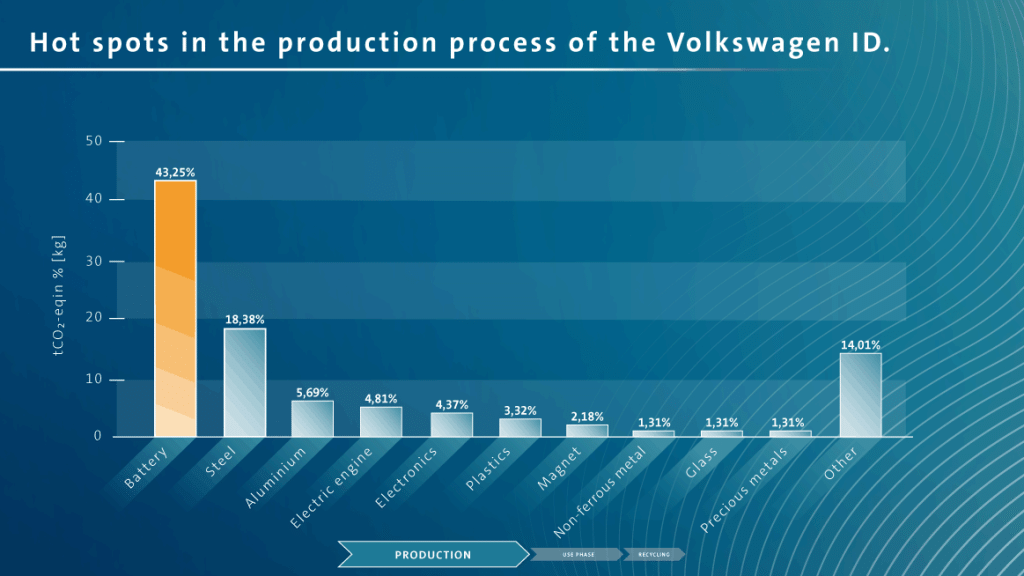
And things are likely to get even worse as demand rises and we seek out deeper and more difficult ore-bodies to mine:
…per the IEA, “lower-grade ores require more energy . . . greenhouse gas emissions and waste volumes.” Already, for example, over the past decade in Chile, the world’s top supplier of copper, mining-energy use has grown ten times more than the tonnage produced.
As Mills also points out, the global mining and minerals sector already uses 40 percent of all industrial energy. It’s not like we can double this on a whim.
So we are pouring money into a program to “reduce CO2” which will cost a fortune and quite possibly achieve very little, if anything of the danger it was supposedly going to save us from.
Meantime, hundreds of billions of dollars designated for wildly premature all-EV mandates will likely become stranded capital because the quantities of minerals needed won’t be available soon enough. Along the way, those stranded billions will do little or nothing to cut CO2 emissions. In the end, the rush to EVs could even increase global vehicle-related emissions.
Luckily CO2 is plant food so it doesn’t matter that EV’s are a terrible way to reduce CO2. Unluckily money doesn’t grow on trees unless you are a central banker.
Mark P. Mills is a senior fellow at the Manhattan Institute, a strategic partner in the energy-tech venture fund Montrose Lane, author of The Cloud Revolution: How the Convergence of New Technologies Will Unleash the Next Economic Boom and a Roaring 2020s, and host of The Last Optimist podcast.
Photo of the Tesla by capital street fx.
Photo of Greenbushes Lithium Mine Western Australia by Calistemon

